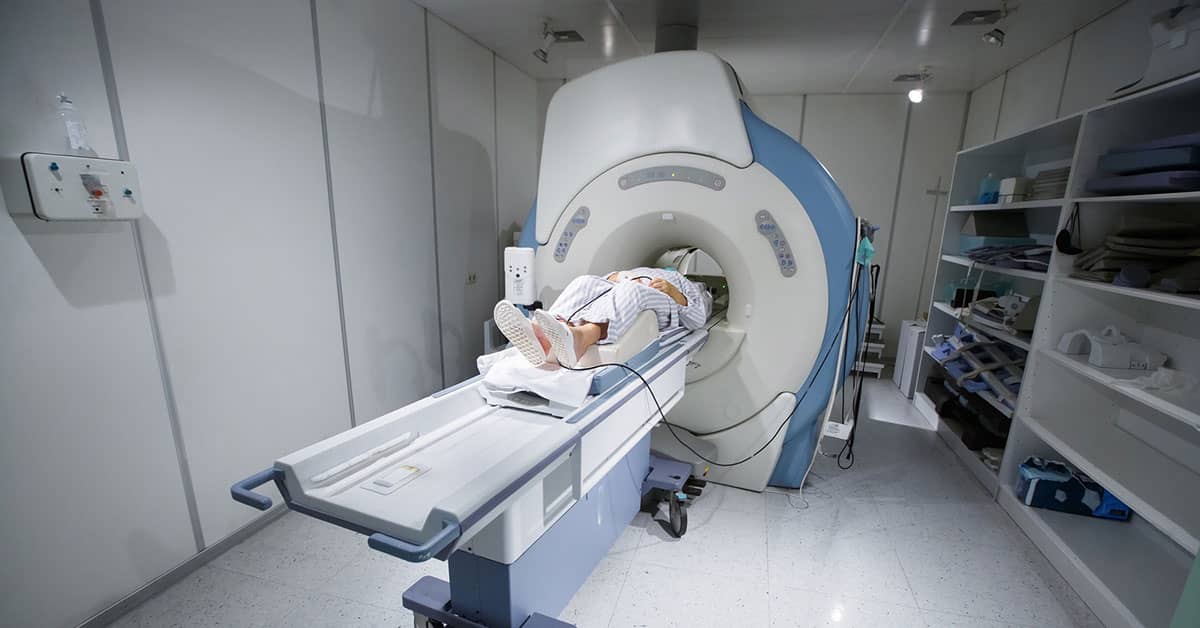Diagnostic procedures and OSHA recordkeeping
Date Posted: 03/07/2022

Imagine, as a Safety Professional, that a pregnant employee suffers a fall while at work. The employee goes to the hospital, but is not admitted, and undergoes an MRI or an ultrasound (a diagnostic procedure) to rule out any potential issues. Would this be considered “medical treatment beyond first aid” and create a recordable incident?
When we overanalyze and overthink, we also tend to overcomplicate. A sometimes-confusing aspect of OSHA’s Injury and Illness Recordkeeping Standard deals with the difference between medical treatment and a diagnostic procedure. If you find yourself questioning whether to include an injury or illness onto your 300 log, take a step back and review the basics.
Section 1904.7(a) states that covered employers must consider a work-related injury or illness to meet the recording criteria, if it results in death, days away from work, restricted work or transfer, medical treatment beyond first aid, or loss of consciousness. A case will also meet the recording criteria if it involves a significant injury or illness diagnosed by a physician or other licensed health care professional.
Medical treatment under 1904.7(b)(5)(i)(B) simply means the management and care of a patient to combat disease or disorder. Therefore, the term does not include:
- Visits to a physician or other licensed health care professional solely for observation or counseling;
- Diagnostic procedures, such as X-rays, MRIs, Cat Scans, EMGs, and blood tests, including the use of prescription medications used solely for diagnostic purposes (e.g., eye drops to dilate pupils); or
- First aid as defined by 1904.7(b)(5)(ii).
The incident involving the pregnant employee would not be recordable. As stated in an OSHA Letter of Interpretation from April 2011, an MRI is considered a diagnostic procedure and would not trigger a recording obligation on the 300 Log. An MRI is not used to treat a condition; rather, it is used to diagnose a condition.
However, if this employee received information from the MRI that resulted in medical treatment, work restrictions, or days away from work, then it would be considered recordable and would need to be included on the 300 log.
How Safety Management Suite Can Help
Evaluating whether an injury is recordable on the 300 Log isn’t easy, but is critical to maintaining an accurate 300 Log. The J. J. Keller SAFETY MANAGEMENT SUITE Incident Center helps you list all injuries and easily update the entries if conditions change, such as a medical case becoming a restricted work case. You can also sort the data to identify trends, such as repeated cases resulting in specific types of injuries.
E-mail Newsletter
Sign up to receive the weekly EHS Insider email newsletter for safety articles, news headlines, regulatory alerts, industry events, webcasts, and more.